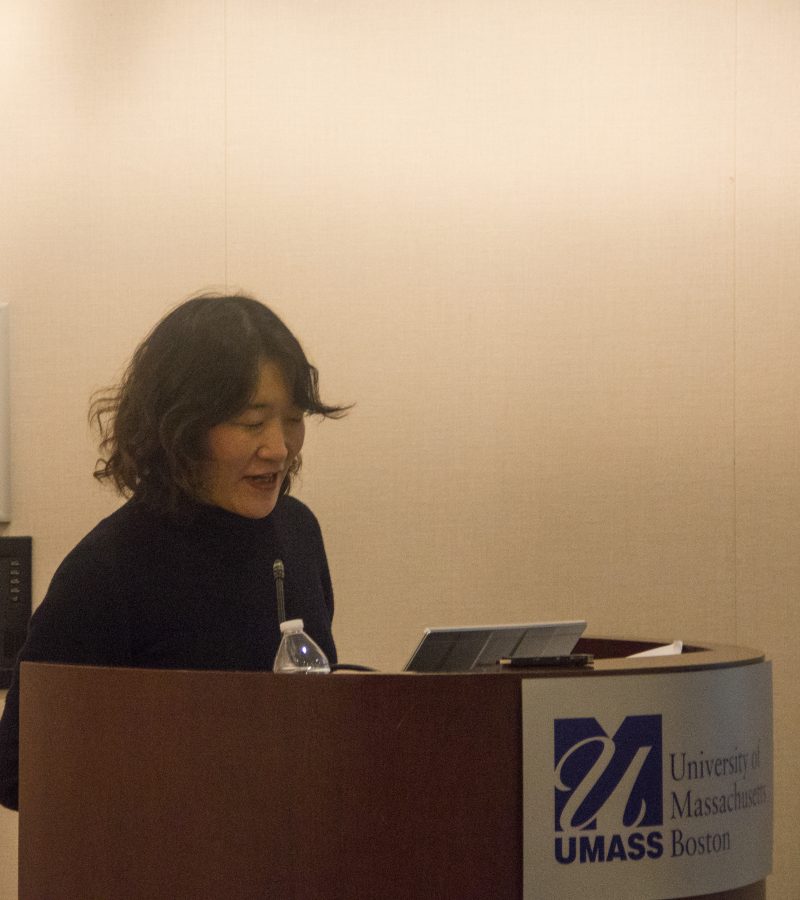On Nov. 9, the Department of Conflict Resolution, Human Security, and Global Governance in the McCormack Graduate School brought in Professor Akiko Ishihara from Kumamoto University in Japan to talk about her work in conflict resolution and conflict transformation following the Fukushima nuclear disaster, which followed the 2011 earthquake and tsunami.
The colloquium started off with Eben Weitzman, director of the graduate program in Conflict Resolution, introducing Ishihara and how “[McCormack Graduate School] has been talking for some time to Kumamoto University on ways on which [they] can partner.” Once introduced, Ishihara furthered Weitzman’s statement and explained that “conflict resolution is a very new field in Japan” and that “our [Kumamoto] university is the first graduate program and also only graduate program which offers a graduate program in conflict resolution.”
On Friday, March 11, 2011, at 2:46pm, the town of Fukushima, Japan, experienced a magnitude 9 earthquake and 39.9m tsunami. Afterwards, casualties were estimated to exceed 26,000. Because of these natural disasters, the TEPCO (Tokyo Electric Power Company) nuclear power plant was destroyed. Radiation dose and exposure is measured by the SI unit, millisievert (abbreviated as mSV). In Ishihara’s slideshow, the “original [exposure] standard in Japan for ordinary people is 1mSV/year.” The standard “for people who worked with the Fukushima accident” is 250mSV/year. This is a huge difference.
With any mass disaster, “everyone (citizens, government, companies) in the community/society is traumatized (in a survivors/victim cycle).” So, the problems weren’t just physical, but mental. “What I found in Fukushima was they had a lot of human relationship disruptions and conflicts among the citizens in affected areas near the disaster,” said Ishihara. The different conflicts were with the families being put at odds. It was the people who evacuated versus the ones who stayed. It was the people who were reimbursed versus the ones who got nothing. These social conflicts even moved between children. In the schools, there was bullying toward the Fukushima kids outside of Fukushima, as well as the children who returned after evacuation.
Ishihara didn’t just interact with the Fukushima victims; she met and communicated with people all over Japan, each person encountering a different conflict and needing their own solution. A huge part of conflict resolution and transformation is being able to heal: “Your trauma, your experience, could be a good resource in the future, for the good future.”
Healing, recovering from the different traumas by learning, and breaking the cycles of violence to gain reconciliation is major in the end process of resolving conflict.





















































